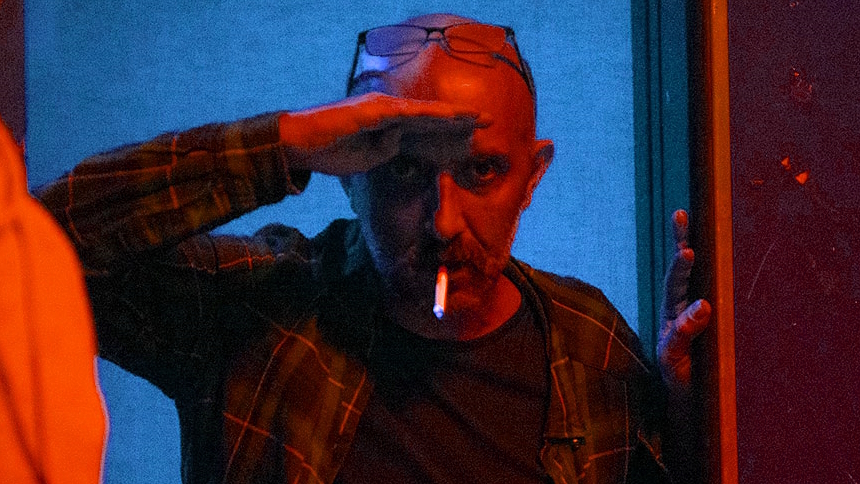Sound And Vision: Gaspar Noé

In the article series Sound and Vision we take a look at music videos from notable directors. This week we look at Nick Cave's We No Who U R, by Gaspar Noé.
Gaspar Noé is often considered an enfant terrible of cinema. His films have boundary pushing topics, such as sexual assault, violent revenge, and drug abuse, at the centre, and he portrays these topics in an unflinching manner, like in Irreversible or Enter the Void. It would have been expected that his music videos were cut from the same cloth, and in some of the music videos this is pretty much the case. His music video for Sebastian's Thirst, for instance, is very much Vintage Noé, where we see a fight in a discotheque getting out of hand in a brutal blood ballet. His music video for Placebo's Protège-moi, on the other hand, shows sex in such a frank way (be careful with this link), that the music video never got released officially because the label got cold feet. Violence is more acceptable than sex, clearly.
Lest we forget, outside of his provocative edge, Noé himself is also a stunning visualist, who uses form in such an outspoken manner you can easily recognize a Noé film ór music video for that manner. Arielle's Je Suis Mince, for instance, has camerawork that fits his signature: frantic and head-ache inducing, spinning in a controlled yet hectic manner around a living room. Meanwhile Animal Collective's Applesauce uses Noé's personal favorite, a colorful stroboscope, to such an extreme extent, that the simple act of eating a peach becomes this layered and artful piece, almost alien yet seductive in its execution. But as always with Noé, it's not safe for people with photosensitive problems.
The music video I want to highlight below, Nick Cave's We No Who U R, is Noé at his most deceptively simple. It is on paper an almost boring concept: a figure walks through the woods, but we only see the shadows he casts, because of the use of spotlights. In the hands of Noé, the shadowy silhouette becomes something magic, ephemeral, phantasmagoric. It is often not clear if we are looking at a shadow or the silhouette or a person or both. The woods, lit up by the light beams, almost seem like a 3d spectacle, because of the constant interplay between flatness and depth. This is a stunning piece of cinema, where Noé holds back his violent subjects and also keeps his stylistic flourishes to a minimum. But it might be one of the best things Noé has ever done, and it still feels very much of a piece with his oeuvre. The power of suggestion: who knew that Noé could rely on that.







